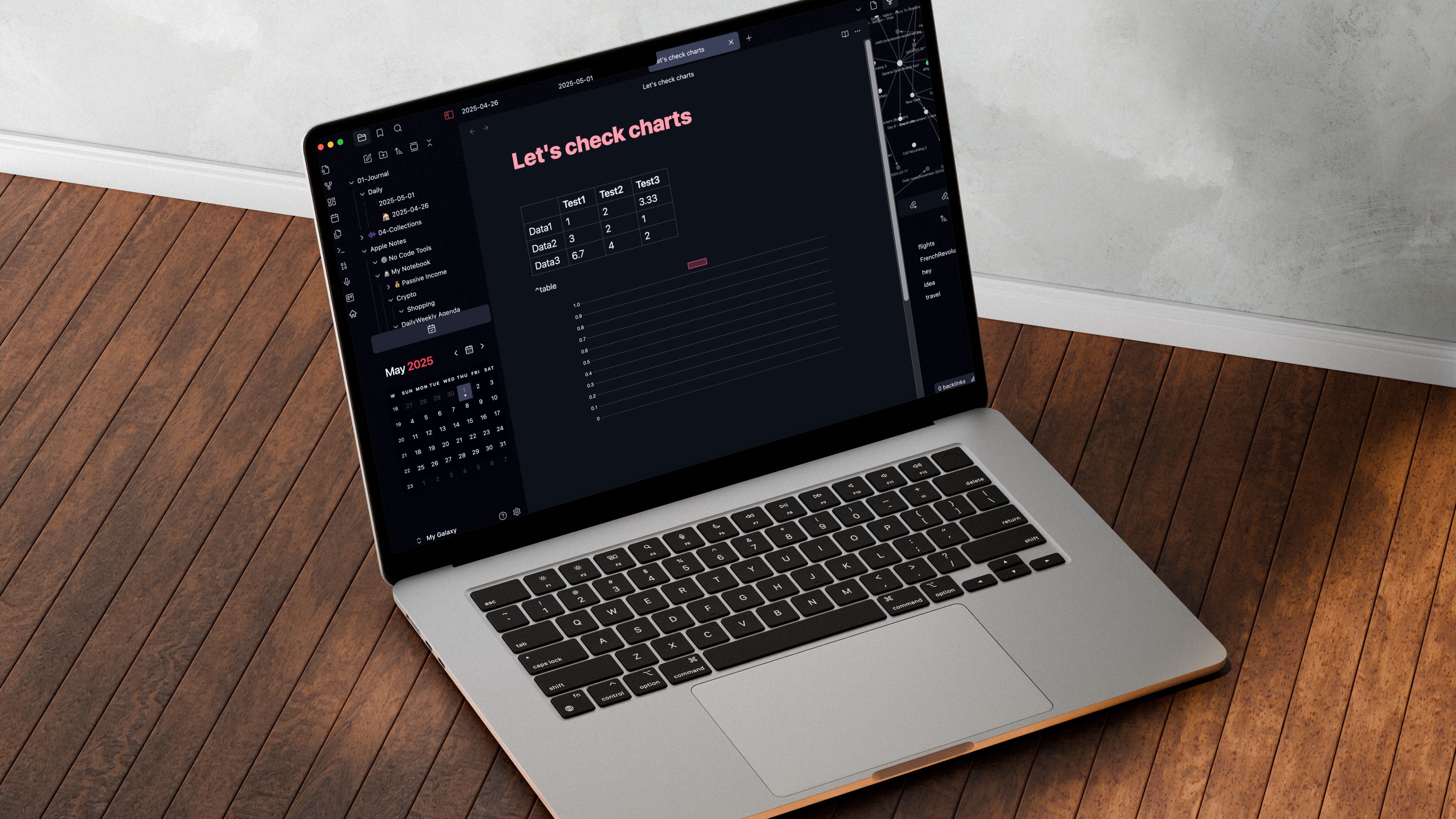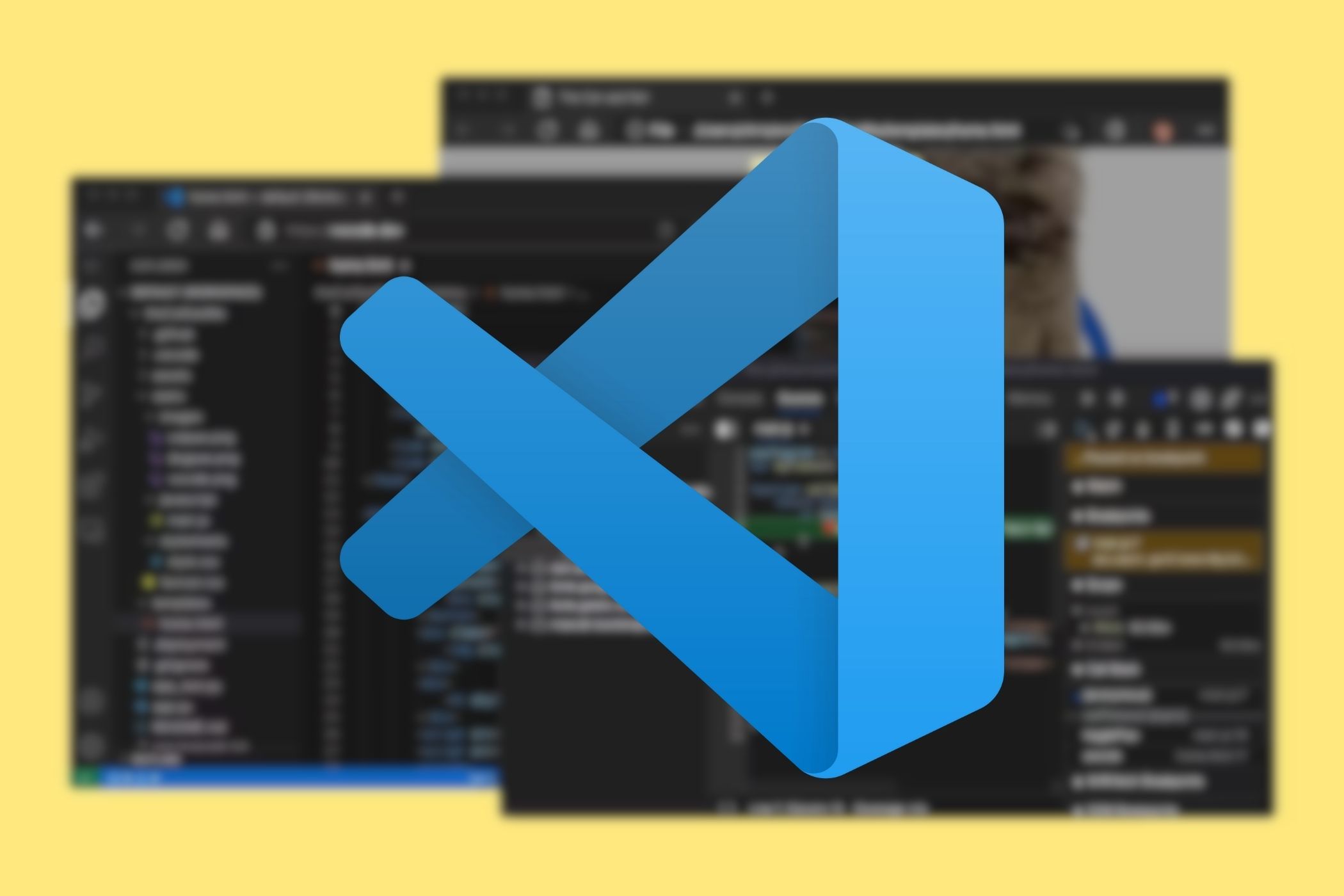I've been on the Obsidian train for quite a while now, and it's been an excellent way to take quick, structured notes that I can sync across all of my devices. Combined with Blinko, both have enabled me to have a level of organization that I could only dream of in the past. However, as a developer, I recognize that at its core, Obsidian is just a Markdown editor with a bunch of fancy features and a nice UI on top. That's why I wanted to give VS Code a try for note-taking, and it's surprisingly decent.
Of course, I'm not the first to try and use VS Code in this way, nor will I be the last. Developers have used VS Code for a long time as a basic note-taking tool, which is why I wanted to see if I could make it work in a fashion similar to Obsidian. With a couple of VS Code plugins, it can actually work really well, and could be a great way to combine your development projects with detailed note-taking, or even as a standalone note-taker if you'd prefer to use VS Code instead of installing another application, too.
Setting up VS Code for notes
Just like Obsidian
As VS Code is an IDE that's fully extensible, you can install plugins to add functionality to it. It's pretty barebones out of the box, but the additional features you can add range from support for entire programming languages to basic UI mods. For a basic Obsidian experience in VS Code, there's already a great plugin called Dendron. This plugin packs everything you need and creates a vault for you, including support for many advanced features.
Dendron adds a lot of features designed to turn VS Code into a complete Personal Knowledge Management tool. It has graphs, linking, link fixing when renaming a note, link preview, sections, templates, and so much more. When it comes to an Obsidian alternative, it brings us most of the way there and creates its own vault just like Obsidian does. If you'd rather create your own Obsidian-like vault from the ground up or take detailed notes inside of existing projects, you can use Foam instead alongside these other plugins:
- Markdown All in One
- markdownlint
- Markdown Preview Mermaid Support
Markdown All in One adds support for many Markdown features that you might be used to in Obsidian. For Mermaid, Markdown Preview Mermaid Support, a very apt name, adds support, too. Mermaid is a Markdown-based diagramming tool. It can make pie charts, flow charts, and basically any kind of chart you can think of. It's great for visualizing data in notes, especially for basic data. Plus, it's easy to use, and here's an example snippet for a pie chart taken from the official documentation:
```mermaidpie title NETFLIX
"Time spent looking for movie" : 90
"Time spent watching it" : 10
```
Finally, markdownlint adds proper syntax checking to your notes. The biggest downside I've noticed with using VS Code instead of Obsidian is that you actually need to write in proper Markdown, rather than typing and letting VS Code fix it and display it for you like Obsidian does. Importing my notes into VS Code instead of using Obsidian highlights a few errors, with every note lacking an H1 tag at the top. While it's not necessarily a bad thing to impose proper Markdown syntax, those switching from Obsidian won't be used to it.
If you're already familiar and comfortable with Obsidian, for most people, it simply doesn't make sense to change over to Dendron or Foam. However, you can import your notes with ease, and for those who may live in their IDE, it might be worth it. I used VS Code for a few days like this, and while I will be going back to Obsidian afterwards, this was an interesting experiment to see how viable VS Code was as a notetaker. Out of the box, it's not really fit for that purpose, but the range of plugins allows VS Code to be turned into anything.
Should you use VS Code instead of Obsidian?
It depends on what you use it for

If you're a developer who wants to keep as much as possible in one program, VS Code is certainly a viable alternative. You can keep notes alongside your development projects, or even just use it as a full-fledged note-taking vault like you would with Obsidian. With that said, the idiosyncrasies of VS Code may be harder to grasp as an Obsidian user if you've never used VS Code, and if Obsidian works for you, then there's no reason to switch. Both work well, with the difference between that Obsidian is purpose-built as a note-taking application, whereas VS Code is an IDE first and foremost.
I'll be honest, even as someone who does a lot of development, there's not really much to VS Code and Dendron that I would personally use it over Obsidian. I have LiveSync configured in Obsidian to have my notes on all of my devices, and I like to separate my note-taking from my development work anyway. That's not to say it won't work for you, though, so give it a try. It might work well for you!
.png)










 English (US) ·
English (US) ·